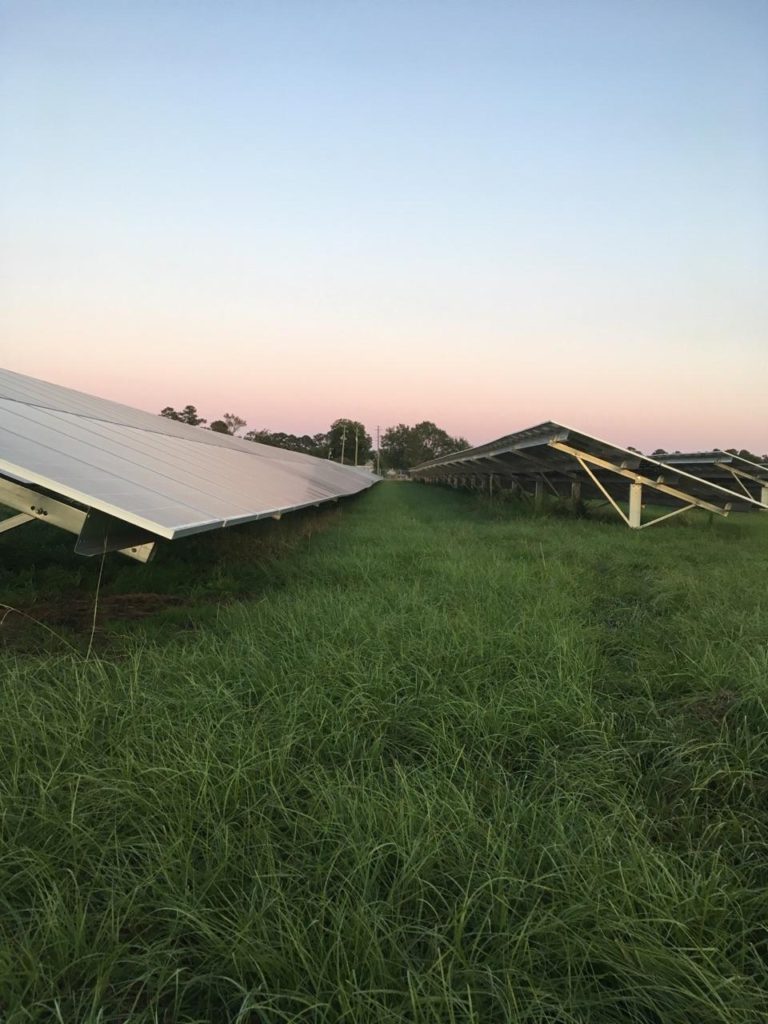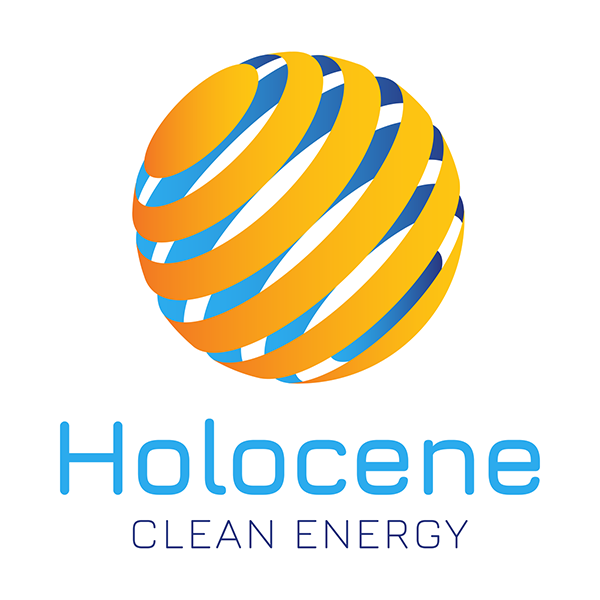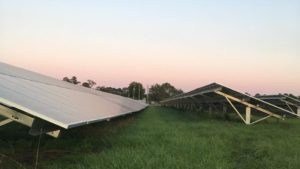The narrative of solar development we so often hear are stories 100MW+ solar projects on five hundred acres or more of land. The ‘newsworthiness’ of these large projects can quickly breed bias against all solar development, cultivating a #NIMBY (Not In My Backyard) perspective. Unfortunately, this narrative can prevail in the communities where solar farms have the potential to flourish and be unobtrusive. While 100MW+ mega-projects can benefit from economies of scale to pencil economically, they represent a regressing trend. Compared to the growth of smaller, distributed generation projects and portfolios that bring unique benefits to both local communities and end users, many predict that “mega-projects” will soon be archaic.
Integration
Because a local distribution project matches the local electric load, the interconnection process is strategic and thoughtful. These projects, by definition, do not exceed the bounds of existing infrastructure, nor require upgrades or enhancements. Additionally, local generation can cut transmission costs. Transmission costs accrue due to the distance the power travels from its original generation point to the local substation. Also, these smaller projects have an opportunity to integrate more seamlessly into the community. Due to less intense scale, construction and ongoing maintenance brings fewer traffic concerns and less disturbance to the roads. In addition to the local interconnection point, site selection is based on specific suitability factors, rather than sheer volume of acreage available. An ideal site is one that is flat, does not have wetlands, and is reasonably cleared.
Reliability
Additionally, distributed generation increases the reliability of your power by drawing power solely from the local distribution system rather than the grid, mitigating the threat of supply gaps in the grid. So, as the grid becomes increasingly volatile, distributed energy can be an opportunity for more predictably powered business operations. According to research by Nature Energy, “both volatility and unpredictability [of the electric grid] have increased in the past decade, compared to the three and two decades before it.” Ultimately, strategically smaller projects decrease risk and increase flexibility (Centrica Business Solutions).
Land Preservation
Importantly, land preservation and solar development do not need to be mutually exclusive. Solar is a passive use of land that promises its’ eventual return to pre-development state. This preserves the land from more intensive development uses. A distributed generation solar project can maintain surrounding landscape, preserve open spaces for future use, and protect historical resources. Fewer leased acres and strategic siting are keys to distributed generation that bring tangential benefits to local host communities.
Smaller, distributed generation solar projects offer low risk, high reward opportunity for both local hosting jurisdictions and high-intensity energy users. For those considering ‘dipping their toes’ in solar development, distributed generation provides a unique opportunity for clean energy.

Holocene Clean Energy develops, finances, designs, builds, and operates solar generation facilities in numerous states. We design our smaller sized 2-10 MW distributed generation and battery storage projects to blend into local communities. Over the last 10 years, Holocene has completed over 120MW of solar PV projects in North Carolina, Virginia, and New Jersey.

